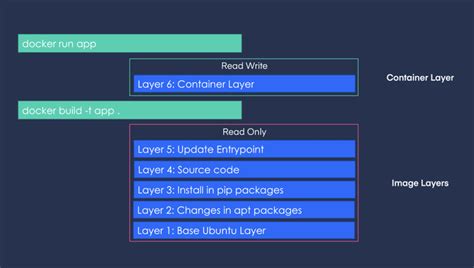As the DevOps landscape continues to evolve rapidly, discussions around best practices and potential pitfalls in technologies like Dockerfile are paramount. A recent article shed light on the intricacies of working with ARG values within a Dockerfile, sparking a flurry of insightful comments from users. Multiple users highlighted the crucial distinction between build image scope and runtime scope when dealing with ARG values, emphasizing the importance of understanding Docker’s scoping behavior.
One key point resonating across the comments is the need for clear and accessible documentation to mitigate surprises resulting from behavior discrepancies between user expectations and actual implementation. Users highlighted the value of established programming principles like lexical scoping to guide expectations in multi-stage Docker builds, urging for greater alignment between user intuition and documented behaviors.
The discussion delves into broader themes around documentation quality in tech, with users emphasizing the necessity for documentation to meet user needs effectively. Addressing surprises that users wouldn’t anticipate on their own signifies a potential gap in clarity that warrants attention. The principle of ‘least surprise’ emerges as a recurring theme, underlining the importance of aligning user expectations with actual behaviors.
Aside from Dockerfile intricacies, the conversation extends to broader reflections on documentation practices and the user experience in navigating complex tech tools. Comments touch upon the challenges of maintaining comprehensive yet accessible documentation, as well as the nuances of user interactions with different types of documentation formats.
The dialogue escalates into a nuanced exploration of alternatives to Dockerfile, with users proposing diverse solutions ranging from improved documentation practices to switching to alternative containerization tools like Podman. The discourse showcases a diverse set of opinions and experiences, reflecting ongoing debates within the tech community regarding the evolution of containerization practices and tooling.
In a landscape where the balance between simplicity and flexibility is often a point of contention, the user comments shed light on the intricate dance between user expectations, tool behavior, and the evolving DevOps ecosystem. While some users advocate for alternative approaches to container configuration, others emphasize the importance of mastering existing tools and understanding their underlying principles to navigate potential pitfalls effectively.
Ultimately, the nuanced conversations sparked by the article and user comments underscore the complexity inherent in managing configuration files like Dockerfile, illustrating the multifaceted considerations involved in modern infrastructure management. As DevOps practitioners continue to navigate the evolving tech terrain, a blend of clear documentation, robust tool understanding, and community insights will be key to mitigating surprises and optimizing workflow efficiency.


Leave a Reply